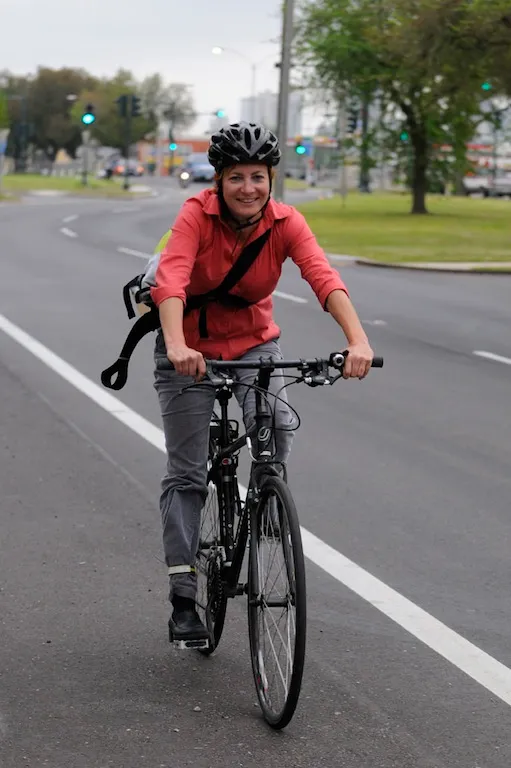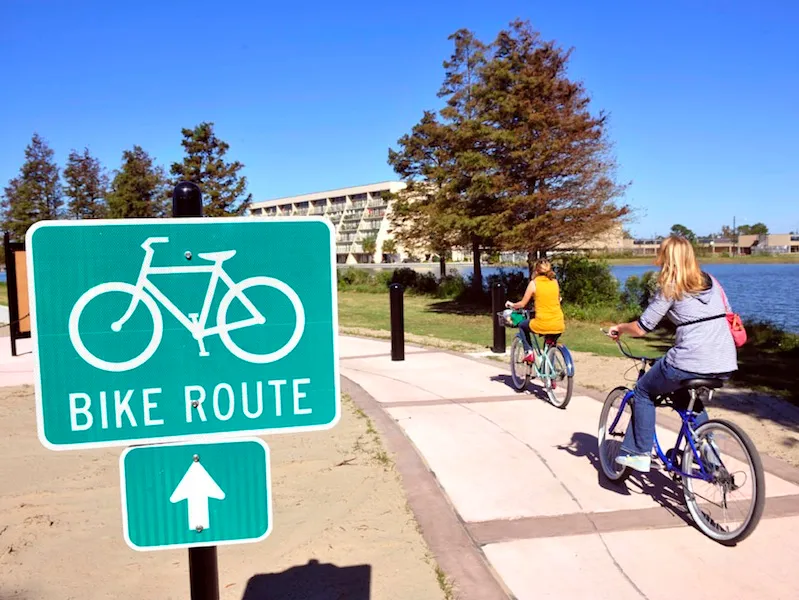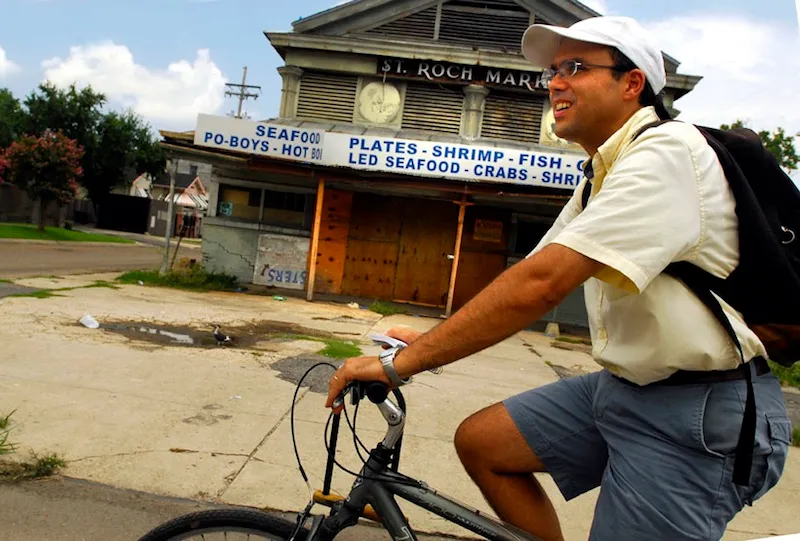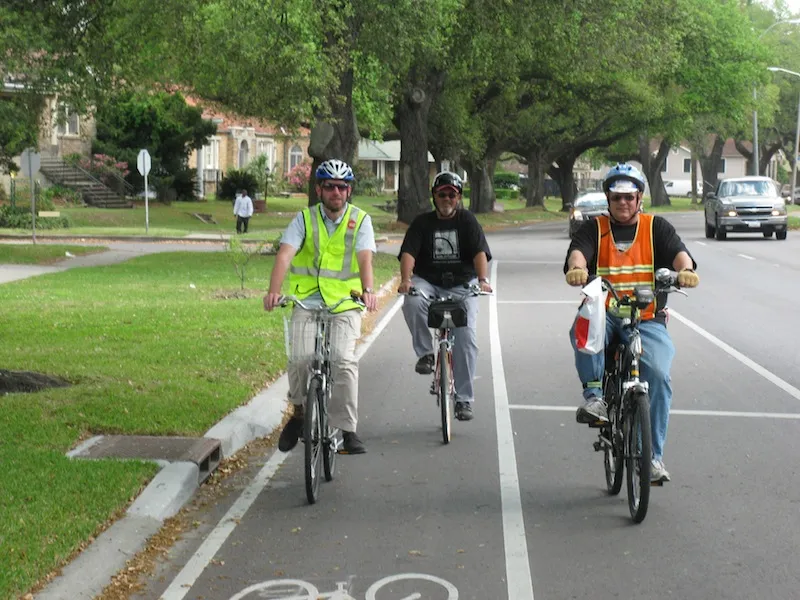The last six and a half years have not been exactly easy for bikes in the Big Easy. Efforts to make the city more bicycle friendly have been hard fought, however, New Orleans is seeing improvements. And just recently the town known for food, music, and a party atmosphere was awarded the League of American Bicyclists’ bronze level status for bike friendliness.
“This is the first year of getting bicycle friendly status from the League of American Bicyclists,” Jamie Wine executive director of Bike Easy told BikeRadar. “There is a lot happening and the region has seen a lot of improvement in part because of Katrina.”
While no one would call the storm — or any part of it — a blessing, it has allowed improvements in the city’s infrastructure for bicycle lanes. “There was a bond measure that was passed before the storm,” said Wine, who added that federal highway money that helped pay for roads that were damaged during and because of Hurricane Katrina, as well as by the trucks used in the cleanup, are now getting bike lanes. “When old pavement is lined for bike lanes the lines last six to eight months, but on new pavement those lines can last six to eight years.”
Construction is under way to restore old paths, and create new ones. This includes a new lakefront walking and bicycle paths in New Orleans’ Jefferson Parish, which prior to the storm offered about 10 miles of recreational area. Ironically this area wasn’t badly damaged by Katrina, but construction of a flood protection system essentially closed this off.
Now construction is about to begin to restore this to the network. “Two or three projects are already being developed,” Juan Gutierrez with the Jefferson Parish engineering department told BikeRadar. “This is part of the effort to reestablish the lake front. Plans are being made for Linear Park and the 17th Street Path.”
These are just parts of the improvements seen in New Orleans. “Prior to the storm there were about nine miles of trials for bicycles, and these were actually on top of the levies,” explained Wine. “It was sort of a way to get bikes off the streets, and the attitude was, ‘put the bicycle riders over there.’”

Wine noted that old pavement will only hold markings months, but new pavement holds it for years; and many new lanes are being placed on new pavement (photo credit: Cheryl Gerber, www.cherylgerberphotography.com/)
Times have changed and Wine cited the 50 new miles of trails and bike lanes, which have been built and added over the past seven years. However, as with everything in post-Katrina New Orleans, gaining bike access isn’t easy.
“Crossing the river is still difficult at the bridges don’t have infrastructure and the ferry connection is up for grabs,” said Wine, who offers, a major step forward would be better connections with the Mississippi Trail system that basically ends at the city before picking up again further on.
This makes for a significant gap, but despite this he remained optimistic. “We really encouraged by the progress that has been made, and this could make an impact that could last for generations,” said Wine.



